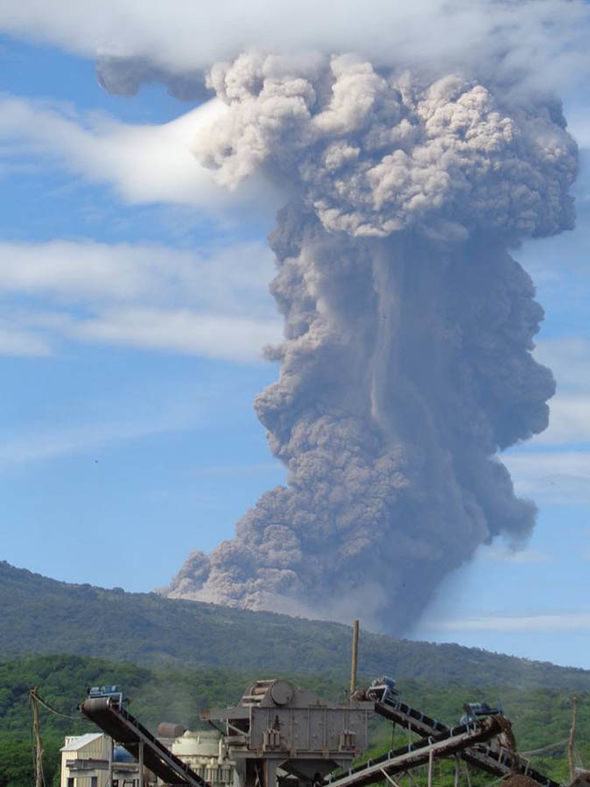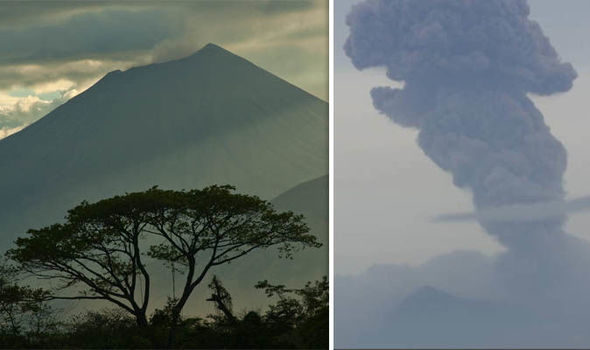
The Nicaraguan Institute of Territorial Studies (INETER) registered the explosion at 7.08pm local time (2pm BST) on Thursday.
The eruption sent a plume of smoke 500 metres into the air, as well as shooting rocks and volcanic gasses.
INETER has reported pyroclastic material in the smoke column, but no pyroclastic flows have occurred.
A pyroclastic flow is the most dangerous volcanic activity to human life.
These flows are fast-moving currents of extremely hot gas and volcanic matter that pour down volcanic slopes at incredibly high speeds ad are impossible to outrun.
A pyroclastic flow was responsible for the recent death toll after the Guatemala volcano eruption.
Telica is one of the most active volcanoes in Nicaragua.
Telica's largest eruption occurred in 1529, but little detail is known of the impact.
The volcano became active again in 1993, when an eruption prompted ash fall and a lava lake was observed at the summit.
The stratovolcano has since erupted frequently, most recently in 2015.
Since then, INETER has had a seismic station at the summit.
The volcano is unique, having six cones and a double crater at the top.
The craters are 700 metres wide and 120 metres deep.
The tallest of Telica's cones is 1061 metres high.
The volcano is popular with tourists visiting the colonial city of Leon, 30km away.
Tourism agencies offer a trek up the slopes on a two-day tour, during which hikers get to see bubbling mud pits and pass through the town of San Jacinto with its famous hot springs.
Additional reporting by Maria Ortega




Reader Comments